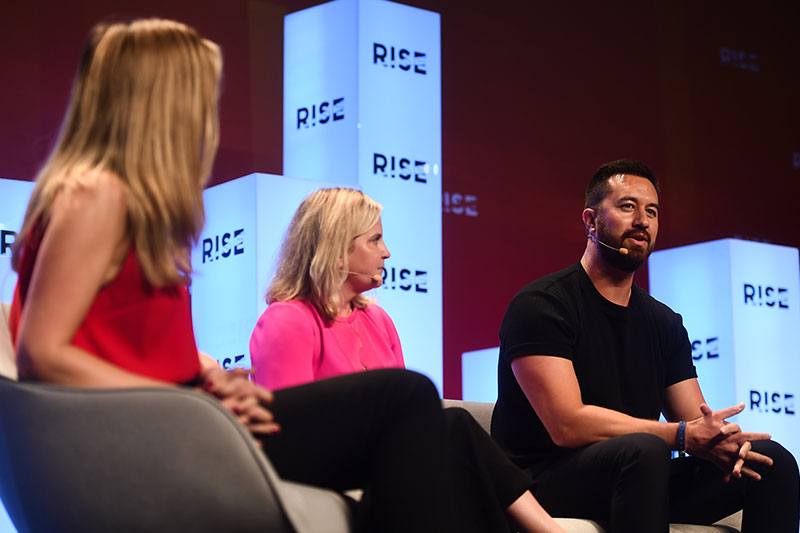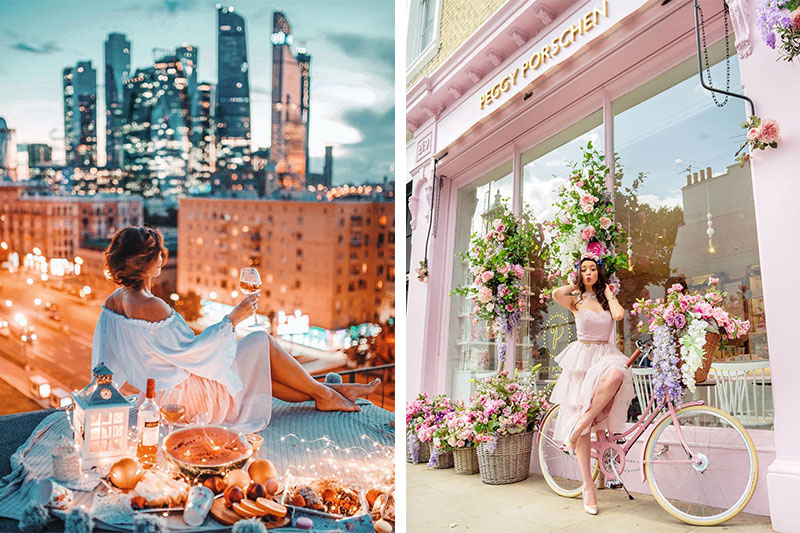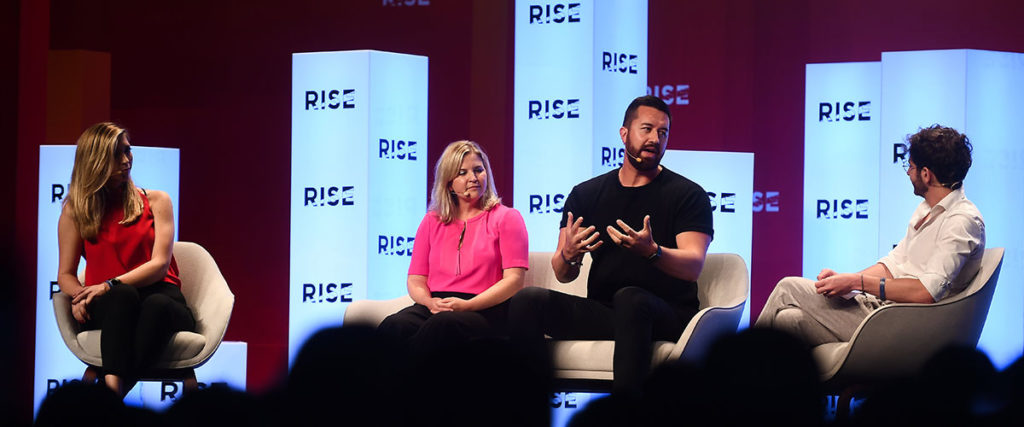VSCO, Gen Z’s favourite photo-sharing app, has been hiding the number of likes per photo long before Instagram started testing its controversial new feature. Read on to find out why.
It might have started out as a simple photo editing app, but today, VSCO is less a tool used to create prettier images than a full-scale cultural phenomenon. Founded in November 2011 by Greg Lutze and Joel Flory out of a simple desire to make editing photos less time-consuming, the app now enjoys 20 million users a week and has seen 200 million images uploaded to Instagram with its hashtag #vscocam.

Photo Credit: David Fitzgerald/RISE by Sportsfile
Early adopters of the idea that the popularity metrics (i.e. ‘like’ buttons) on other social media platforms could be hindering creativity, not to mention promoting a whole range of mental health issues, the founders have consistently positioned their app as a creativity tool rather than a popularity contest – and it has worked. Today, a whole generation – Gen Z – relies on them daily to create their picture-perfect, Insta-friendly, So-Cal inspired shots, sharing them either within the app or via Instagram, and launching plenty of parodies and a whole new consumer category – the VSCO girl – with them as they go. As the New York Times recently reported, “There are more than 422.4 million videos tagged #vscogirl on TikTok, most of them parodies.” Sitting down with Hive Life at RISE, Greg explained why freeing people from criticism has helped them unleash their creativity – and the popularity of their app.
For Greg, previously an Art Director for Microsoft’s Xbox team, and Joel, a commercial and wedding photographer, the answer to their long-held picture editing woes lay in a series of high-quality, plug-in filters. Launching in 2011 as a simple website, VSCO began by offering packs of filters that could plug into desktop applications like Lightroom and Photoshop, drastically reducing editing time. The following year, they launched their app, a 99-cent download that offered those filters for use on your phone. Anticipating the development of smartphones from communication devices to cameras, they soon had a multimillion-dollar startup on their hands, raising USD 90 million from investors Accel Partners, Glynn Capital, and Obvious Ventures along the way.
You might also like Why Analog Photography is Making a Comeback
For Greg, key to VSCO’s growth has been their considered approach to the way people interact with each other on social media and their refusal to adopt the popularity metrics that define the users experience on other platforms. Instagram may have announced earlier this summer that they are testing the removal of its ‘like’ button due to its adverse effects on people’s – especially teens’ – mental health, but, for Greg, this has been a part of their policy from the get-go. For its 30+ million user base, 75% of whom are under the age of 25, all VSCO content is consumed without any ads or any indication of how many people have liked a picture. “There isn’t the social media pressure that you find on a lot of other platforms and so people feel freer to post what they see and their real self. A lot of people just want to express themselves without judgment,” says Greg.

IG: @evachug
IG: @hellomissjordan
Today, the app has a subscription service with 2+ million paid users, priced at USD 19.99 a year, where members get 130 exclusive filters, GIF- and video-editing capabilities, as well as tools like skin-tone warming and picture borders. Users can upload, filter and share images, as well as post VSCO-filtered pictures to other apps, i.e. Instagram. “We’ve also added a direct message feature and we are looking at ways to foster a good, safe community where you can get more feedback based around a certain theme or location. But, it’s important that it remains a conversation, not a yelling broadcast,” explains Greg. Their app has an AI tool called Ava, which analyses every photo on the platform like a person, understanding aesthetic attributes such as expressions, recognising items, and tagging the images accordingly. Users can then be shown similar content and share it (like tweets but without the unpleasantry of an additional opinion). “The ability to repost is a way to indicate, ‘Hey, I like this,” says Greg.
For VSCO’s founders, the motivations behind their developments always stem from their customers. “Over time, we realised it’s important that we understand who we’re designing for and what their motivations are. So, we don’t design for ourselves, but rather for people under the age of 25 and who they’re looking to connect with. To do that, we start by building relationships and understanding what the app does for them. We’re not asking for specific features, but we’re asking what drives or motivates a user. And then we’re innovating based on the needs that they’re expressing,” says Greg about how they’re tapping into Gen Z psychology in such a compelling way. And, as far as they see, what their users care about is their ability to create and find like-minded co-creators in a safe space. “For us, the goal is always to allow people to just fall in love with their creative piece made to express themselves. From a tool standpoint, we are interested in giving them more ways to create beyond photography. From a community standpoint, we are interested in allowing for smaller group interactions, ways to give each other feedback, to help each other, to encourage each other, to educate each other.”
Banner Photo Credit: David Fitzgerald/RISE by Sportsfile
Related Articles
Photographer Philip Volkers Documents A Decade at Burning Man
Futura: The Ultimate Street Artist Hits Singapore
Art As A Wake-Up Call, From Strawpocalypse To Plastikophobia





